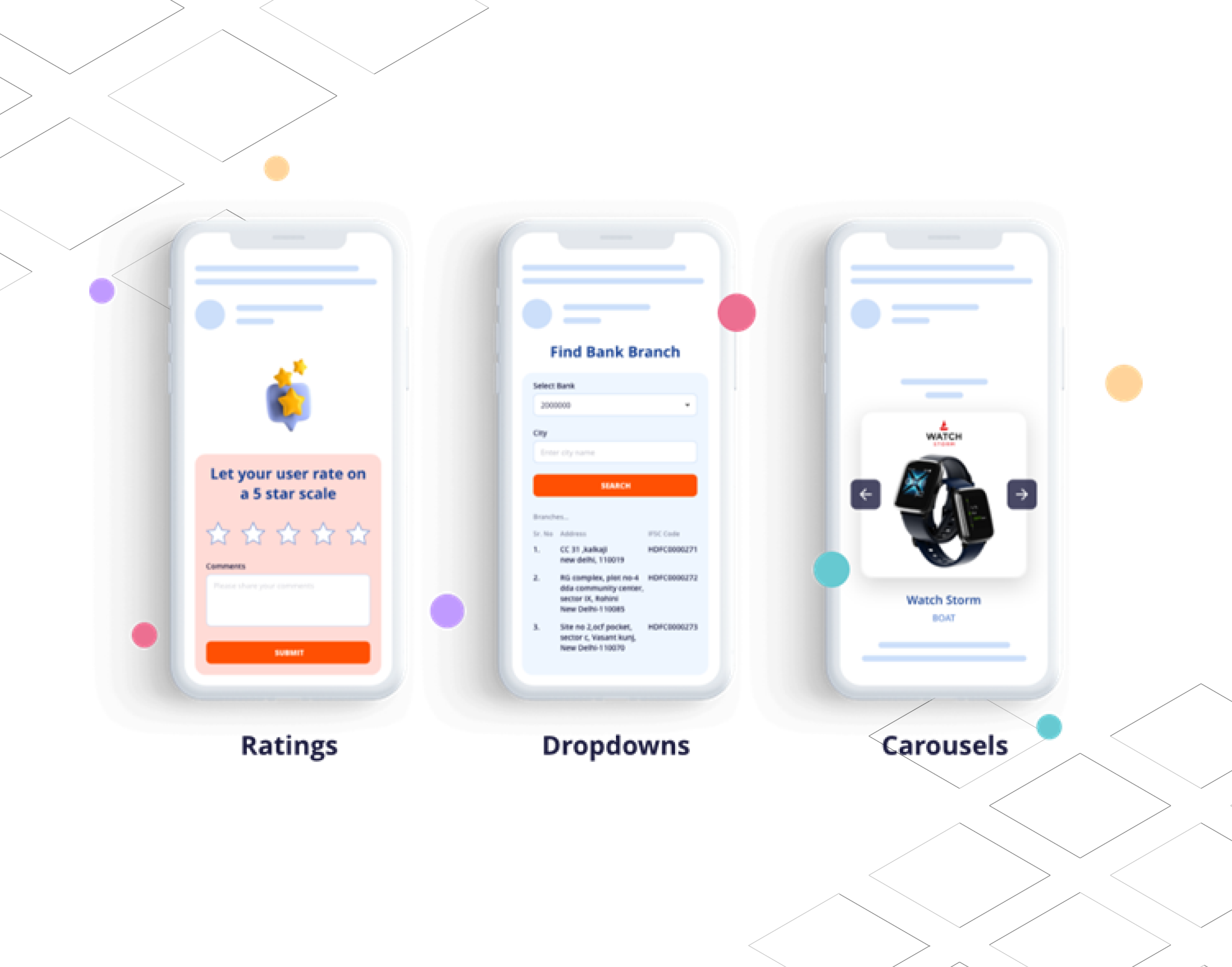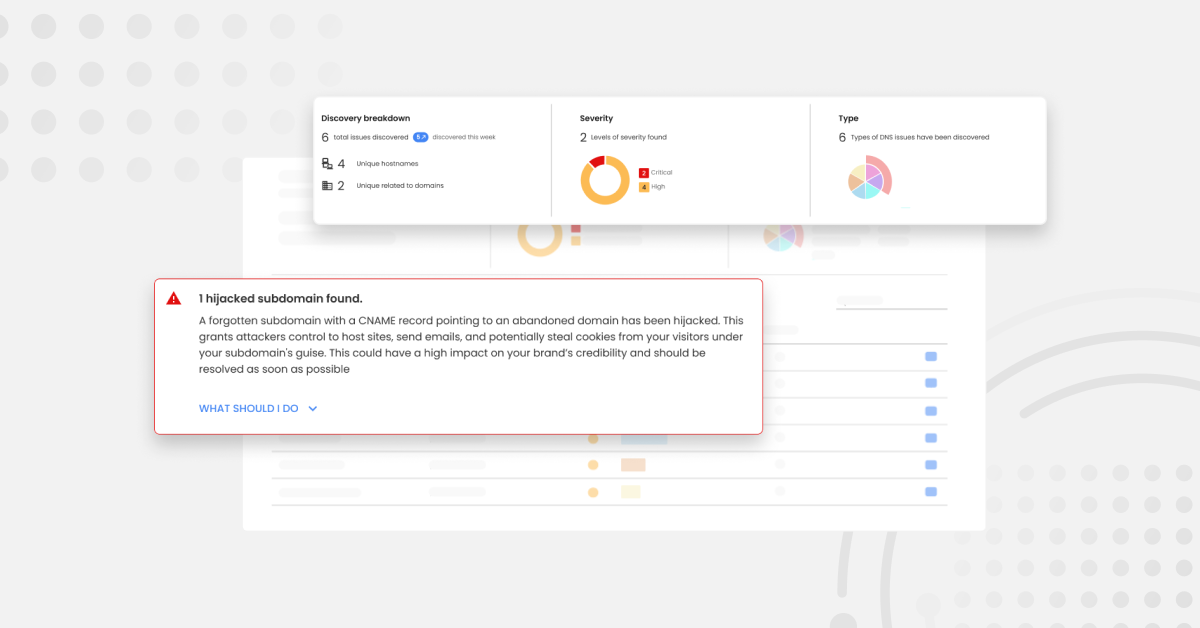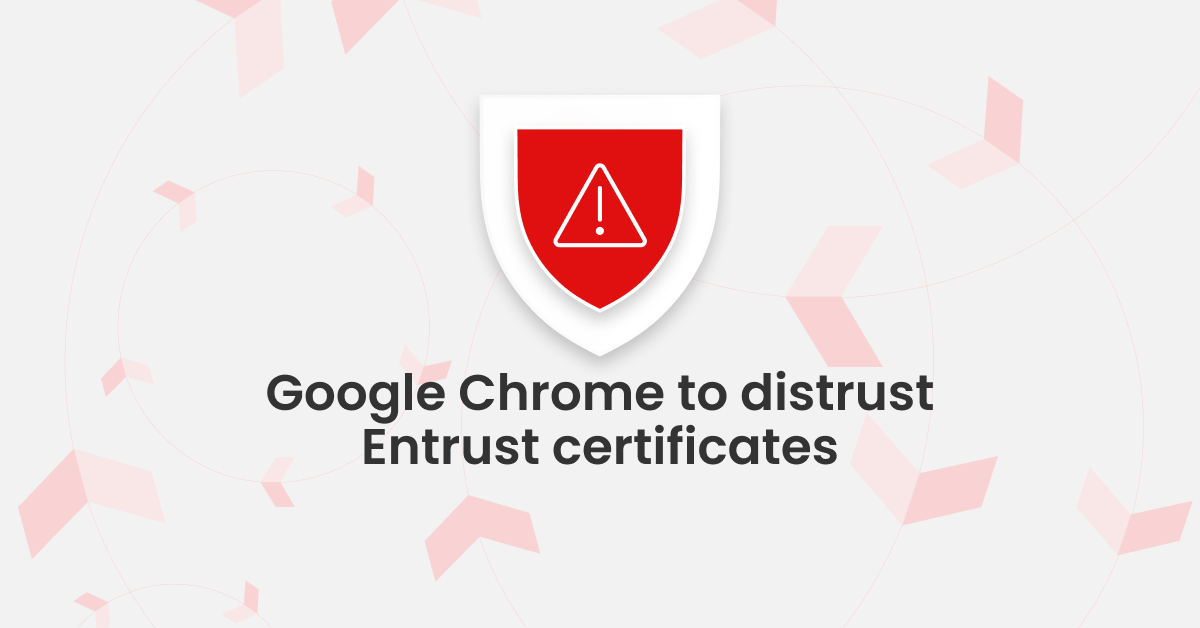This is a guest blog from our trusted partner Netcore Cloud, written by Nicholas Einstein, VP Product Marketing and Global Head of Analyst Relations.
Since the emergence of the internet, brands have been tirelessly striving to establish their presence and build brand awareness through various online channels. Recently, email has experienced a notable resurgence, reclaiming its much-deserved attention, even amidst the popularity of interactive ads on modern social platforms.
What is driving this revival? It boils down to the rising costs of acquiring customers (CAC) and the underwhelming returns on advertising spend (ROAS). Brands are rediscovering the profit-generating potential of email, and at the forefront of this resurgence lies Accelerated Mobile Pages (AMP) for Email. This captivating technology allows for delivering ecommerce app and web-like experiences directly to the recipient’s inbox, giving birth to what we call “inbox commerce.”
In a world of daily brand emails with various purposes, often filled with static content and external links, inbox commerce powered by AMP for Email envisions a different experience. It eliminates the need to leave the inbox for simple tasks, allowing effortless interaction between brands and customers. With AMP for Email, actions like adding items to the cart result in instant updates within the email, creating a frictionless shopping experience for customers.
Inbox commerce powered by AMP offers more than just simplified email interactions; it also enhances a brand’s domain reputation. AMP emails, with their rich content, dynamic artistic elements, a diverse range of personalized templates, embedded search bars and cart manipulation, dynamic recommendations, interactive games with enticing rewards, comprehensive data forms for capturing shopper information, and other value-packed email offerings, significantly boost engagement. As a result, the domain reputation is improved, leading to better trust and recognition from ESPs and filters.
By embracing inbox commerce and harnessing the power of AMP, brands can forge stronger connections with their audience, enhance customer satisfaction, and drive sales like never before. Since its introduction in 2019, AMP has evolved into a well-established technology. While it took some time, it is now gaining significant traction in the North American market. Moreover, Asian businesses have already witnessed remarkable performance improvements through the utilization of AMP. One example is “Myntra,” India’s leading direct-to-consumer fashion retailer under the Walmart umbrella. By leveraging inbox commerce, they experienced an impressive 140% increase in survey responses. Myntra’s email campaign utilizing AMP was honored with the “Best Use of Interactive Email” award at the MediaPost EIS awards in Q4 2022.
Consider this: brands can incorporate the entire shopping process, starting from product discovery to making a purchase decision and fostering customer loyalty, all within an email. Furthermore, brands can customize their daily interactions to cater to each individual, using insights from the shopper’s browsing habits, previous purchases, and demographic details.


Though the emergence of AMP-driven inbox commerce marks a new era for direct-to-consumer (D2C) businesses and retailers, it also brings a new set of challenges. One is the need for marketers to receive sufficient training, particularly in user experience (UX) design and email campaign management. Additionally, not all ESPs currently support AMP, the ones that do are Gmail, Yahoo Mail, FairEmail, and Mail.ru, but this is expected to change as the technology becomes more widely adopted. However, if you open an AMP email on a non-supported platform like Apple Mail, you can view the HTML fallback version of the same email with the same content.
But AMP as a technology is unrestricted to ecommerce and D2C use cases; email users schedule meetings, track exchange rates, book tickets, complete payments, buy insurance, make investments, and do more in their inboxes. Protecting data is an enormous challenge with so many possible interactions within AMP emails. But don’t worry; AMP comes packaged with a fair share of security features, making it a better counterpart than traditional email. How? The following are the security and privacy requirements AMP emails must meet before reaching users’ inboxes. AMP emails must ensure the sender of the AMP email is legitimate. They use three email standards to ensure the sender’s legitimacy, they are:
Sender Policy Framework (SPF): An SPF record authorizes sending IPs and validates whether the AMP email should be delivered to the inbox or not.
Domain-Keys Identified Mail (DKIM): DKIM adds a digital signature to outgoing messages, verifying their integrity and authenticity in conjunction with SPF.
Domain-Based Message Authentication, Reporting & Conformance (DMARC): DMARC instructs receiving servers on how to handle outgoing messages that fail SPF or DKIM authentication, offering settings like quarantine, reject, or none, where quarantined messages require administrator intervention to reach the recipient’s inbox. Both Google and Yahoo require AMP messages to pass and align DKIM and recommend a DMARC policy with disposition set to either quarantine or reject, which may be enforced in the future.
Furthermore, AMP emails employ specialized components such as access tokens, provided and verified by the sender, to elevate security measures. These cryptographically secure and time-limited tokens are embedded in URL requests, empowering authorized users to interact seamlessly within the email. All the security standards affect the email authentication and domain reputation of the business.

In conclusion, AMP and inbox commerce represent a groundbreaking advancement reshaping the email landscape for brands and shoppers alike. To delve deeper into the world of interactive email powered by AMP, we invite you to explore Netcore. Discover how this cutting-edge solution can elevate your brand’s email marketing strategies and propel your business to new heights.
Alternatively, if you prefer a more personalized experience, Netcore offer customized workshops where they can analyze the details and tailor insights to your specific needs. The future of email marketing awaits, and Netcore are here to guide you every step of the way.



